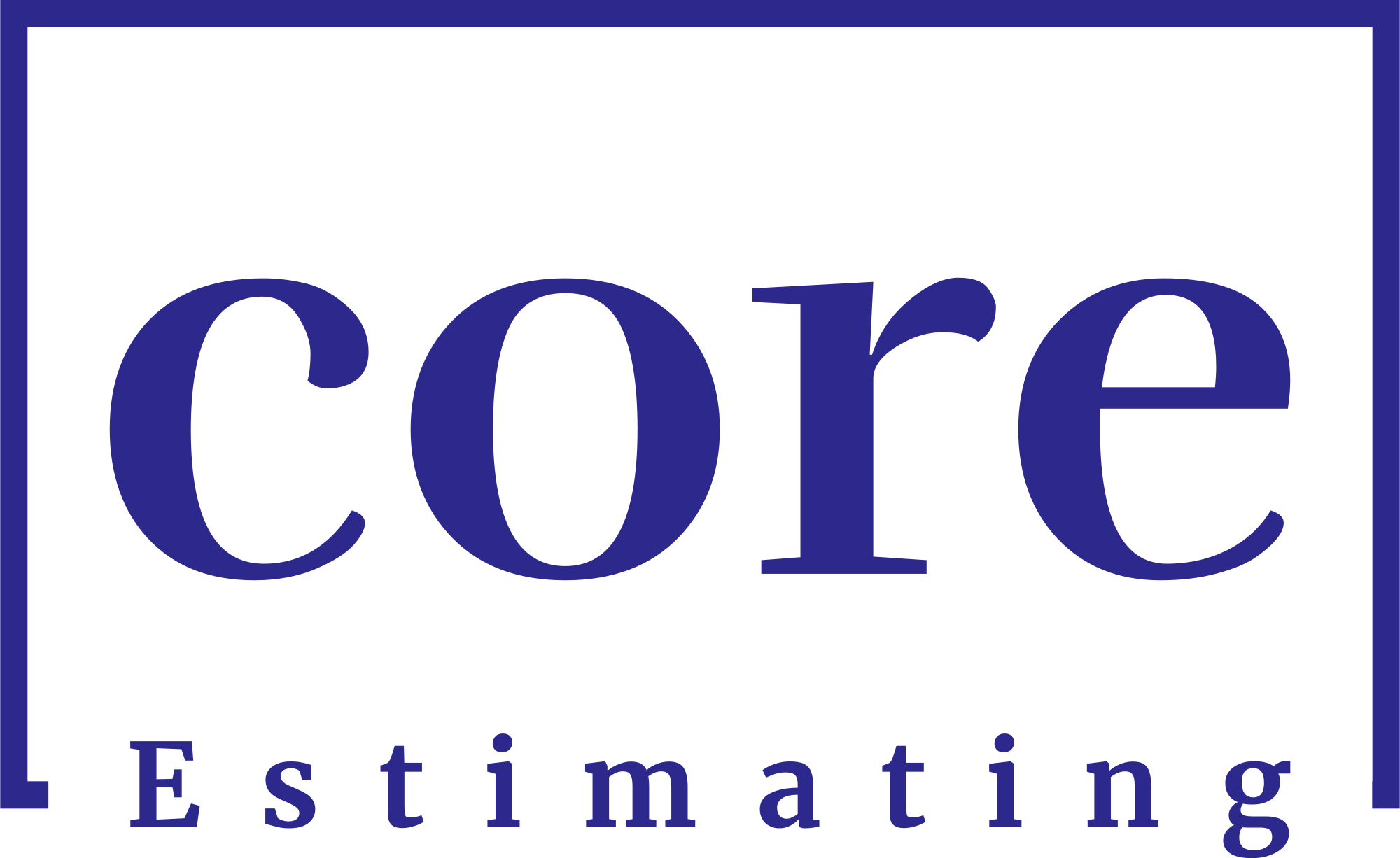Are you in the process of planning a project? Whether you’re a business owner, project manager, or simply curious about cost estimation, understanding the formula for cost estimation is crucial. Cost estimation plays a vital role in determining the budget for a project and ensuring its successful execution. In this article, we will dive into the details of cost estimation, exploring the different methods and formulas used to calculate project costs accurately.
Cost estimation is the process of approximating the monetary value required to complete a project successfully. It involves analyzing various factors, such as labor, materials, equipment, overhead costs, and contingencies, to determine an accurate project budget. Cost estimation provides stakeholders with essential information to make informed decisions regarding resource allocation, pricing, and profitability.
If you’re in need of construction estimate services, simply go to homepage or follow the links below:
| Services | Links |
|---|---|
| Detailing Services | Link |
| Building Information Modeling | Link |
| General Contractor | Link |
| Subcontractors | Link |
| MEP | Link |
Types of Cost Estimation
There are several methods used for cost estimation. Let’s explore the most commonly employed ones:
1. Analogous Estimation
Analogous estimation relies on historical data from previous similar projects to estimate the cost of a current project. By comparing the new project with past projects, this method leverages similarities and extrapolates the costs. Analogous estimation is quick and less data-intensive, making it useful during the early stages of a project.
2. Parametric Estimation
Parametric estimation uses statistical techniques to develop a mathematical relationship between project variables and costs. This method involves identifying key parameters, such as size, complexity, or functionality, and using them to create a formula or equation. Parametric estimation provides a more accurate estimation than analogous estimation, especially when historical data is limited.
3. Bottom-Up Estimation
Bottom-up estimation involves breaking down a project into smaller work packages and estimating the costs associated with each package. This detailed estimation is then aggregated to determine the overall project cost. Bottom-up estimation is time-consuming but highly accurate, making it suitable for complex projects with a well-defined scope.
4. Three-Point Estimation
The three-point estimation method takes into account the best-case, worst-case, and most likely scenarios to calculate project costs. By considering different possibilities, this method provides a more realistic range of cost estimates. It is commonly used in risk analysis and decision-making processes.
5. Reserve Analysis
Reserve analysis is a technique that involves setting aside contingency reserves to account for uncertainties and risks that may impact the project’s cost. These reserves act as a buffer to accommodate unexpected expenses. Reserve analysis ensures that the project budget remains flexible and can adapt to unforeseen circumstances.
Factors Influencing Cost Estimation
Several factors can significantly influence cost estimation. It’s important to consider these factors to ensure accurate estimations. Some of the key factors include:
1. Project Scope and Complexity
The size and complexity of a project have a direct impact on its estimated cost. Larger projects with intricate requirements are generally more expensive to execute.
2. Available Data and Historical Information
The availability of accurate and relevant data, such as historical project records and industry benchmarks, helps in creating reliable cost estimates.
3. Resource Availability and Skills
The availability of resources, both human and material, along with the skills required to complete the project, affects the estimated cost. Scarce or specialized resources may lead to higher costs.
4. Project Schedule and Timeline
The project timeline and schedule play a vital role in cost estimation. Tight deadlines may require additional resources, resulting in increased costs.
5. Economic Factors
Economic factors such as inflation, currency fluctuations, and market conditions can impact the cost of materials and resources, affecting the overall project cost.
Common Formulas for Cost Estimation
To calculate project costs accurately, various formulas and techniques are used. Let’s explore some commonly used formulas in cost estimation:
1. Simple Cost Estimation Formula
The simple cost estimation formula is a basic calculation that involves multiplying the quantity of resources required by their unit cost. It can be represented as:
Total Cost = Quantity of Resources × Unit Cost
2. Equivalent Unit Cost Formula
The equivalent unit cost formula calculates the average cost per unit of output or work done. It considers all the direct and indirect costs associated with the project. The formula is as follows:
Equivalent Unit Cost = Total Cost / Total Units
3. Earned Value Analysis
Earned value analysis is a technique used to track the progress and cost performance of a project. It compares the value of completed work to the planned value and actual costs incurred. The formula for earned value analysis is:
Earned Value (EV) = % of Completed Work × Total Budget
4. Cost Performance Index
The cost performance index measures the efficiency of cost utilization on a project. It is calculated by dividing the earned value by the actual cost incurred:
Cost Performance Index (CPI) = Earned Value (EV) / Actual Cost (AC)
5. Cost Variance Formula
The cost variance formula calculates the deviation between the earned value and the actual cost. It helps identify whether a project is over or under budget. The formula is as follows:
Cost Variance (CV) = Earned Value (EV) – Actual Cost (AC)
Using Software and Tools for Cost Estimation
In today’s digital age, numerous software and tools are available to assist in cost estimation. These tools streamline the process and provide accurate calculations. Some popular software options include:
1. Microsoft Excel
Microsoft Excel is a versatile tool that offers built-in functions and formulas for cost estimation. It allows users to create detailed spreadsheets and perform complex calculations easily.
2. Project Management Software
Project management software, such as Microsoft Project or Asana, often includes cost estimation features. These tools enable project managers to create cost estimates, track expenses, and collaborate with team members.
3. Estimation Software
There are specialized estimation software solutions available that focus solely on cost estimation. These tools offer advanced features like parametric estimation models, historical data analysis, and cost tracking.
Best Practices for Accurate Cost Estimation
To ensure accurate cost estimation, it is important to follow best practices throughout the process. Here are some guidelines to consider:
1. Gather Sufficient Data
Collect as much relevant data as possible, including historical project data, industry benchmarks, and vendor quotes. The more data available, the more accurate the cost estimation will be.
2. Involve Stakeholders
Engage stakeholders, such as project sponsors, managers, and team members, in the cost estimation process. Their input and expertise can provide valuable insights and help validate the estimates.
3. Consider Risks and Contingencies
Identify potential risks and uncertainties that may impact the project’s cost. Allocate contingency reserves to account for these risks and ensure the budget remains flexible.
4. Regularly Review and Update Estimates
Cost estimation is an iterative process. Review and update the estimates regularly as the project progresses and new information becomes available. This helps maintain accuracy throughout the project lifecycle.
5. Document Assumptions and Limitations
Document the assumptions made during the cost estimation process and any limitations or constraints that may affect the estimates. This provides transparency and clarity to stakeholders.
Conclusion
Accurate cost estimation is essential for successful project planning and execution. By understanding the different methods, formulas, and factors involved, you can develop reliable cost estimates that align with project objectives. Remember to consider the unique aspects of each project and employ best practices to ensure accuracy and minimize financial risks.
FAQs
Q1: Why is cost estimation important in project management?
Cost estimation is crucial in project management as it helps determine the budget, allocate resources effectively, and ensure project profitability. It provides a baseline for decision-making and enables project managers to track and control costs throughout the project lifecycle.
Q2: Can cost estimation be done without historical data?
While historical data greatly enhances the accuracy of cost estimation, it is still possible to estimate costs without it. In such cases, parametric estimation and expert judgment play a significant role in developing reliable estimates based on available information.
Q3: How often should cost estimates be reviewed?
Cost estimates should be reviewed and updated regularly throughout the project lifecycle. Major changes in project scope, schedule, or resources may necessitate a thorough review of the estimates to ensure accuracy.
Q4: What is the difference between cost estimation and cost control?
Cost estimation involves predicting and calculating project costs, whereas cost control focuses on monitoring, tracking, and managing costs during project execution. Cost control aims to ensure that actual costs align with the estimated costs and take corrective actions if necessary.
Q5: Are there any risks associated with inaccurate cost estimation?
Yes, inaccurate cost estimation can lead to budget overruns, resource shortages, project delays, and financial instability. It may also result in incorrect pricing, which can negatively impact profitability and customer satisfaction.






